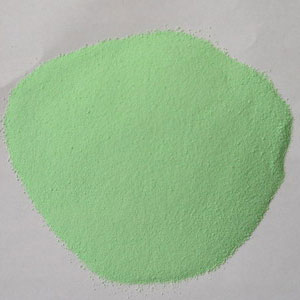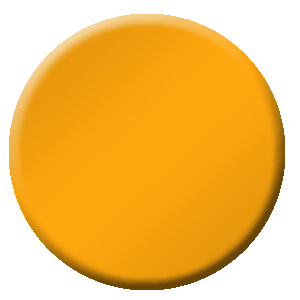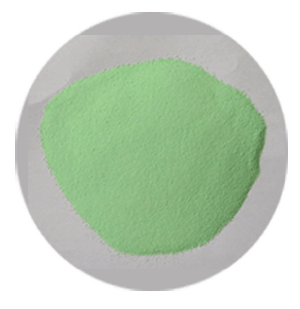
Cold Sealing Additives for Anodized Aluminium - ANO SEAL C200
ANO SEAL C200 is the most improved sealing agent which carries out the final sealing treatment at low temperature for all the anodized coating. In order to seal the fine foam of the hexagonal cell which is derived by the anodizing treatment the past technology is usually dependent on formation of the boiled water and the relation of metal-salt.
Even if the completely sealed coating shows better corrosion-resistance and stripping resistance than that of the anodized treatment only. In order to obtain these effects, it is related with the time of the sealing treatment of the boiled water and the temperature. Also, the most disadvantage of the past sealing treatment is the adherence of the white powdering which is called as "bemite smut" after treatment. This "smut" is very apparently ugly. In general, to remove this, it needs so many efforts.
Our is an alternative to the sealing method by the boiled water or sealing method by the metal salt which is difficult to treat it at high temperature and for long times, there is an advantage in the point of the technology or economics.
- It enables to treat it at low temperature. The treatment temperature of ANO SEAL C200 powder is as low as 30-35℃, and you will save more thermal energy compare with conventional methods using high thermal energy.
- It enables to treat it in a short time. It enables to treat 20μm or more coatings in about 10-15min. and the production efficiency is improved.
- Clean finishing touches will be possible. There is not any powdering effect caused by white powders in flux on the surface during filling process.
| Preparation of bath | Well dissolve into the DI water and then disperse it into the bath while air-dispersion (bubbling). |
| Concentration | 4~6 g/ℓ (ideal: 3.5~5g/ℓ) |
| Temperatures | 30~35℃ (ideal: 32~33℃) |
| Time | at 10μ coating / 5~8min, at 20μ coating / 10~12min |
| Water cleaning | before and after the sealing process with DI water. If possible, use 50~55℃ water for fast drying after cleaning. |
| Filtration | It is needed to filtering the bath for 3~4 times till the solution become to be clean after 4~5 hours for the first use. |
| pH | According to the pH change, modify the pH to 6.0~6.5 with dilutes acetic acid or diluted ammonia water. |
| Maintenance | Nickel titrates with MUREXIDE and EDTA per every week. |
| Consumption | @ 1.6~2.0g/㎡ |
| Limit of impurities | Ca, Mg, Si can decrease the performance of cold-sealing. So, it should be controlled to less than 1g/ℓ. |
| Test of sealed coating surface | Normally, it is recommended to test the surface after 72hours, if it is needed for certain quality standard. But, it can be tested after 30minutes drying at 50~70℃, or 4~6hours later at normal status. |
| Various Coloring | Electrolytic coloring: no problem Organic Dye: same level as the Ni salt sealing. (For seriously bleaching dye, first do Ni salt sealing at 50~60℃ for 5min, then perform cold sealing.) Inorganic coloring: no problem. |
Result of cold-sealing
- The economic advantage of cold sealing should be considered together with its chemical cost, time, and energy consumption etc.
- Advantage-short process time,clean surface,film hardness increases,corrosion resistance and resistance to acids & alkalis are much better than high temperature sealing.
- Cold-sealing agent, showed the outstanding performance for sulfuric acid anodizing, hard-anodizing, mixed-acid anodizing, and hard-chrome acid film.


.png)

.png)
